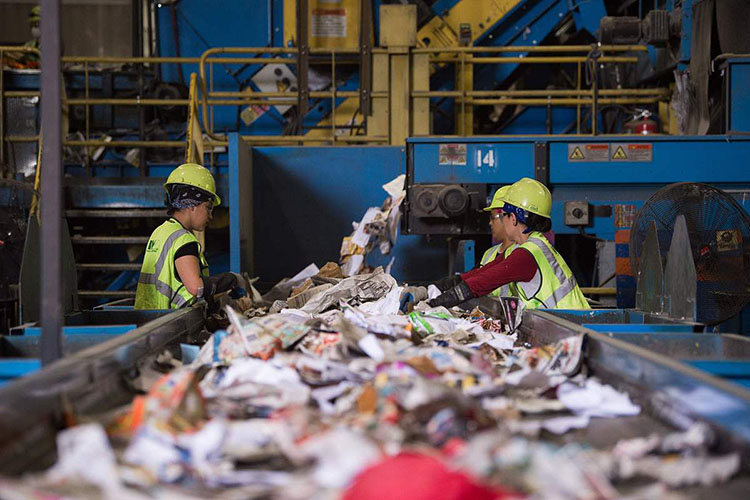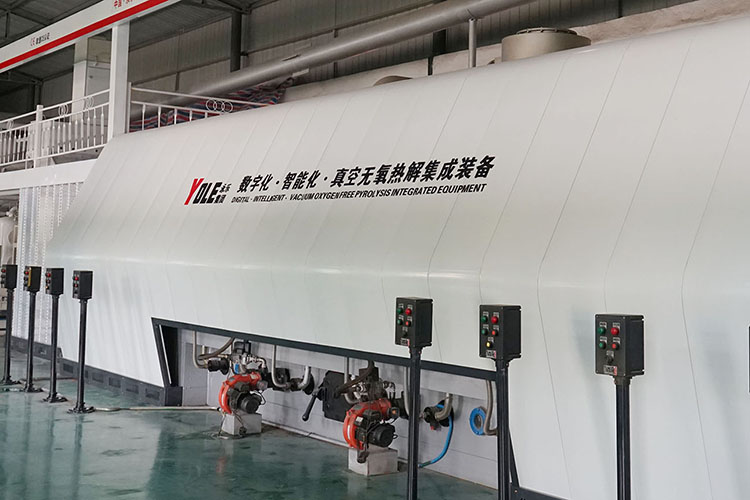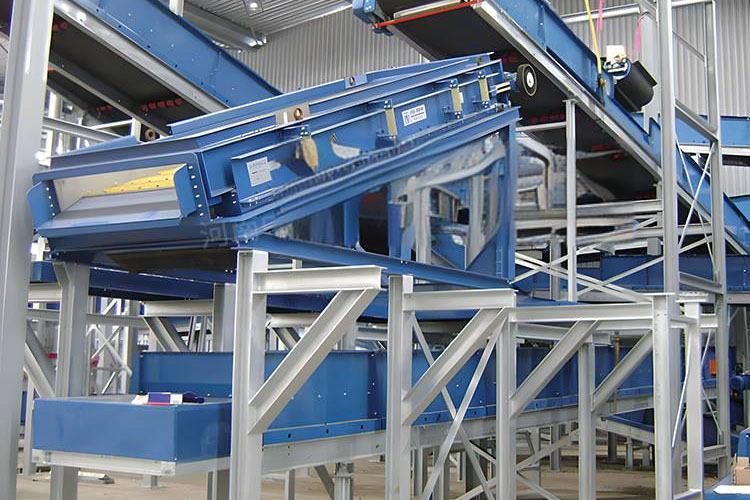With the development of social economy and the improvement of people's living standards, the amount of food waste is also increasing year by year. Food waste, mainly including food residues, kitchen waste, etc., has the characteristics of high water content and high organic content. If not properly handled, it may cause environmental pollution, waste of resources and health problems. In order to meet this challenge, various types of food waste treatment equipment have emerged. These equipment can effectively reduce the volume of garbage, reduce the impact on the environment, and recycle resources in a variety of ways during the treatment of garbage.
First of all, mechanical treatment equipment is the most basic part of food waste treatment. They mainly use physical means to preliminarily treat the garbage, making it easier for subsequent treatment or transportation. Crusher is one of the most widely used equipment. It cuts and crushes large pieces of food waste into small pieces or granules, greatly reducing the volume of garbage, which is convenient for subsequent treatment processes. The compressor further reduces the volume of garbage through strong compression, which not only reduces transportation costs, but also reduces the storage space of garbage. In addition, a sorting machine is a device that mechanically separates different components. It can effectively separate recyclables and organic waste from food waste, preparing for subsequent biological or physicochemical treatment.

In terms of the resource utilization of food waste, biological treatment equipment plays an important role. These devices convert food waste into organic fertilizer or bioenergy through the decomposition of microorganisms, which not only reduces the total amount of garbage but also realizes the reuse of resources. Composting equipment is a typical device that converts food waste into organic fertilizer that can be directly used in agriculture through microbial fermentation. This method is simple and environmentally friendly, and is particularly suitable for treating small-scale food waste. Another biological treatment equipment is the anaerobic digester, which uses anaerobic microorganisms to decompose food waste under anaerobic conditions to produce biogas and solid residues. Biogas, as a clean energy source, can be used for power generation or heating, while the residue can be further processed or used directly as fertilizer. In addition, the vermicomposting system is an eco-friendly treatment method that converts food waste into nutrient-rich fertilizer through the natural digestion of earthworms. These biological treatment methods can not only reduce the impact of garbage on the environment, but also provide organic resources for agricultural production.
Thermal treatment equipment uses high-temperature technology to completely decompose food waste and recover energy at the same time. Incinerators are representatives of thermal treatment equipment. They oxidize and decompose food waste through high-temperature combustion, reduce the volume of garbage and generate heat energy. This method has a fast processing speed and high efficiency, but the emission of harmful gases needs to be controlled during the combustion process to avoid air pollution. Another more advanced thermal treatment equipment is pyrolysis equipment, which decomposes food waste into gas, liquid fuel and solid charcoal in a high-temperature, oxygen-free environment and recovers the energy therein. This method has great potential in resource recycling and is suitable for treating food waste with high calorific value.

Physical and chemical treatment equipment separates and transforms food waste through physical and chemical means to achieve the purpose of treatment. Oil-water separators are typical representatives of this type of equipment. They are mainly used to treat oily wastewater and realize the recycling of oil by separating oil and water. Wet oxidation equipment converts food waste into carbon dioxide, water and other harmless substances by inducing chemical reactions under high temperature and high pressure. This method is particularly suitable for treating organic waste that is difficult to degrade, and can achieve harmless treatment of garbage.
Finally, the comprehensive treatment equipment integrates a variety of treatment technologies and can treat food waste in an all-round way. These equipment usually include multiple functions such as crushing, dehydration, anaerobic digestion, composting, etc., which are suitable for large-scale treatment needs. In addition, with the development of technology, intelligent treatment equipment has gradually been applied to the management of food waste. These equipment use automatic control and Internet of Things technology to realize the automation and real-time monitoring of garbage treatment, which not only improves the treatment efficiency, but also ensures the environmental protection and safety of the treatment process.

In summary, food waste treatment equipment plays a vital role in modern environmental protection. Through various technical means such as mechanical, biological, thermal treatment, and physical and chemical treatment, these equipment can effectively reduce the negative impact of food waste on the environment and realize the reuse of resources. According to different treatment needs and garbage types, choosing appropriate equipment or combining multiple treatment methods can not only improve treatment efficiency, but also promote the sustainable development of society.
Yongle Environmental Protection is mainly engaged in the research and development, production and sales of complete sets of technical equipment for organic solid waste disposal and comprehensive utilization. Production and manufacturing, domestic waste treatment equipment, tire pyrolysis equipment, medical waste disposal equipment, hazardous waste disposal equipment, and achieve efficient and comprehensive utilization of resources through independently developed low-temperature anaerobic pyrolysis equipment technology solutions.
Tags:Introduction and classification of food waste treatment equipment,food waste treatment equipment,YONGLE GROUP
 Latest news
Latest news


























